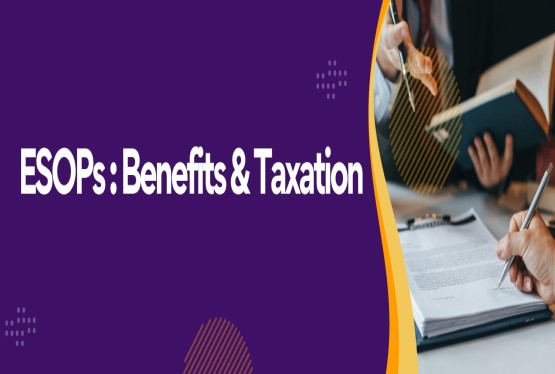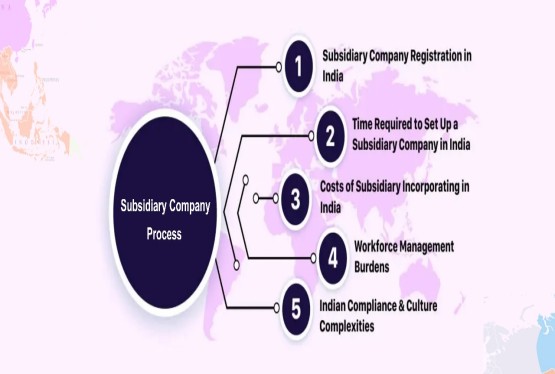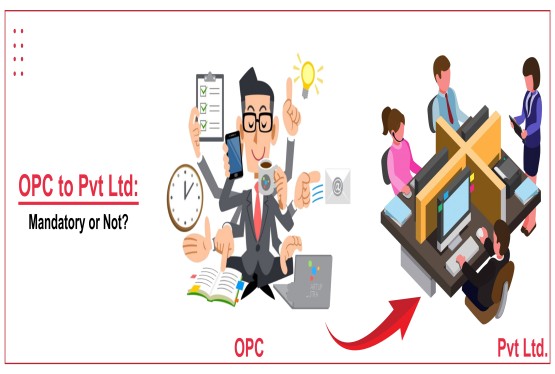An organization that blends aspects of corporations and partnerships is called a Limited Liability Partnership (LLP). It combines the restricted liability protection of a corporation with the flexibility of a partnership. An LLP functions similarly to a partnership, with partners managing the company and allocating earnings according to a predetermined ratio. The operational flexibility and internal organization are comparable to those of conventional partnerships.
Returns
The LLP agreement itself contains provisions pertaining to the payment of compensation because it is such a crucial component of managing any firm. Because each partner will seek the highest possible return on their investment, partners need to be aware of the types of returns that are available in order to properly balance the agreement. The three most common types of returns that arise in limited liability partnerships are Remuneration, Interest on Capital, Profit share.
Types of Return
1. Remuneration – This term encompasses everything from commissions and bonuses to the base pay that an employee or partner receives. It is typically given to partners who actively contribute to the LLP's development and growth. This type of payment is based on the amount of work completed and has little to do with the cash they created at the beginning of the partnership.
2. Interest – This type of payment is directly related to the funds they contributed when they registered their business. Their current job has nothing to do with it. Each partner's interest return is a defined percentage of the total capital required at the beginning of the partnership, which they must have contributed as a share or percentage of. As a result, the interest they earn will represent a portion of their initial investment.
3. Profit Share – When the LLP becomes cash-positive or begins to produce a profit, this return becomes available. Both the quantity of labor they have done and the money they have already invested are taken into account in this type of return. When the LLP starts to turn a profit, the profit is examined and divided into portions based on the amount of work completed, and capital is added and distributed among the partners as necessary.
Eligibility to receive Returns
Only the provisions listed in the LLP agreement determine which partners receive returns and which do not. If the LLP agreement expressly states that a partner will receive a portion of the profit or interest, regardless of whether they deserve it or have contributed any effort, then that partner must receive it whether they are working, sleeping, inactive, or not. However, in accordance with the Income Tax Act, the LLP is only allowed to pay a certain amount of money. To ensure a smooth filing process, one should be aware of Form 26AS Income Tax. Furthermore, the LLP agreement does not provide for any compensation or retroactive returns to a period prior to the agreement's implementation.
Amount deduction under Income Tax Act
1. The deduction can only be made if a working partner or individual receives the compensation.
2. The LLP agreement must properly approve and register the payment of compensation.
3. The amount owed cannot be more than what is listed below.
4. A partner who has received more money than what is listed below is not eligible for any deductions and must pay taxes on the excess amount (to fully benefit from deductions, learn about the 80U deduction).
5. The partners' compensation is subject to business income tax. Profit sharing is not covered in the same section as compensation.
6. According to Section 10(2A) of the Income Tax Act, the share of profit returns for both working and non-working members is exempt. Other provisions, such as Section 12A and 80G Registration, should also be understood.
7. Additionally, interest earned on their capital investment is subject to business income tax.
8. Additionally, compensation for the first three lakhs earned cannot be greater than Rs. 1,50,000 or 90% of book profit, whichever is higher.
9. When weighed against profit, the compensation cannot be greater than 60% of the LLP's book profit.
10. In terms of taxes, the LLP charges the interest it receives from partner draws as business profits and gains.
11. The tax treatment of an LLP is identical to that of a partnership. This implies that a 30% tax will be applied to their income. However, the benefits of Section 44AD, which permits businesses to stop keeping records if their revenue is less than 8% of their total gross revenue, are not available to LLP registration.
12. The LLP is exempt from all regulations pertaining to dividend distribution tax as it does not pay dividends like a corporation does.
What incomes are not allowed any deductions
Tax deductions are not available for all forms of income earned by an LLP. Here are some examples of the income categories that are not affected.
1. Pay and compensation that non-working partners receive.
2. Partners' compensation when it deviates from what is specified and approved in the LLP agreement.
3. If payment is in line with the terms of the agreement but pertains to an earlier section of the deed and is not in accordance with the amended deed.
4. If interest income exceeds 12% annually.
5. The amount paid is more than what the 269th Income Tax Act allows.
Remuneration of Partners in LLP
The compensation or payment to partners is a crucial factor to take into account in a Limited Liability Partnership (LLP). The Limited Liability Partnership Act of 2008's requirements and the LLP Agreement regulate LLPs. There are rules in place regarding partner compensation to guarantee equitable payment while abiding by legal and tax obligations.
The following restrictions should be followed by partners' compensation in a Limited Liability Partnership (LLP) in compliance with the IT guidelines:
-on the first Rs. 3 lakhs of book profit, or 90% of book profit, whichever is higher, in the event of a loss, or Rs. 1,50,000.
-The compensation for the remaining book profit shouldn't be more than 60% of the book profit.
-Furthermore, the yearly interest rate that partners must pay shouldn't be higher than 12%.
These caps are essential for preserving financial discipline within the LLP and guaranteeing that partners receive just compensation.
FAQs
Q1. What is partner remuneration in an LLP?
Ans. Partner remuneration refers to the compensation paid to partners of an LLP for their active participation in the business. It can include salary, commission, bonus, or any other payment as outlined in the LLP agreement.
Q2. How is partner remuneration decided in an LLP?
Ans. The remuneration is governed by the terms of the LLP agreement. It typically specifies:
-Who is eligible for remuneration.
-The amount or method of calculating remuneration.
-Terms and conditions for such payments.
Q3. What is the tax treatment of partner remuneration?
Ans. For the LLP: Remuneration paid to partners is deductible as a business expense, subject to the limits specified under Section 40(b) of the Income Tax Act.
For partners: Remuneration is taxed as part of the partner’s income under the "Income from Business or Profession" head.
Q4. What is the difference between partner remuneration and partner share in profit?
Ans. Partner remuneration: Compensation for active work or services rendered by the partner.
Partner share in profit: A distribution of the LLP’s net profits based on the profit-sharing ratio in the LLP agreement. Profit share is tax-exempt in the hands of the partner as the LLP pays tax on its profits.












_crop10_thumb.jpg)





_crop10_thumb.jpg)




























-Form_crop10_thumb.jpg)

_crop10_thumb.jpg)























_learn_crop10_thumb.jpeg)































_crop10_thumb.jpg)

_crop10_thumb.jpg)





















_crop10_thumb.jpg)















_for_Foreign_Directors_learn_crop10_thumb.jpeg)




_Act,_2015_learn_crop10_thumb.jpg)



































_learn_crop10_thumb.jpg)


































